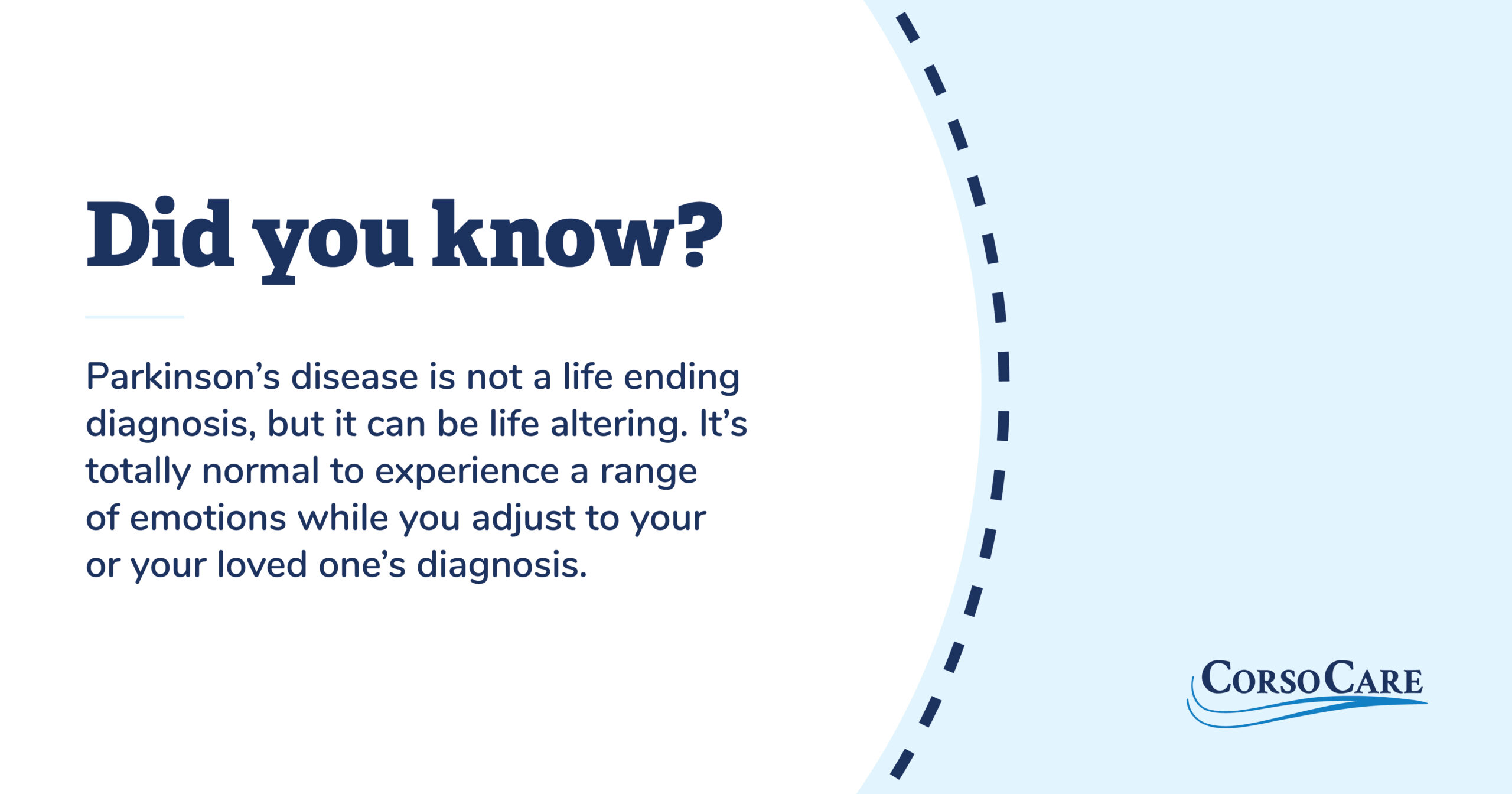How Is Parkinson’s Disease Diagnosed?
Heart disease is diagnosed through lab tests. Diabetes is diagnosed by checking glucose levels. Parkinson’s disease is a little different.
Unlike other common diseases, Parkinson’s disease cannot be diagnosed by running tests in a lab. Instead, Parkinson’s is identified by completing a medical history and physical examination of the patient.
What are doctors looking for? Here’s a closer look at how Parkinson’s disease is diagnosed.
Diagnosing Parkinson’s Disease
A diagnosis will almost always come from a neurologist. They will examine a patient and track the progression of common signs and symptoms into a chart called the Unified Parkinson’s Disease Rating Scale (UPDRS). This is a universal scale used by neurologists to establish a baseline of patient’s symptoms and track the progression of disease during future visits.
The scale divides and analyzes symptoms in four categories:
Part One: Non-Motor experiences of daily living.
Part Two: Motor experiences of daily living.
Part Three: Motor examination.
Part Four: Motor complications.
The document itself is full of medical jargon that may be difficult to decipher — but if you want to give it a go, click here.
For those who didn’t go to medical school, doctors essentially use this chart to evaluate four primary motor symptoms — tremor, rigidity, slow movement (bradykinesia) and balance problems (postural instability). These symptoms may present themselves as:
- Changes in facial expression.
- Slowed or slurred speech.
- Tremors that can be observed at rest.
- Stiffness in extremities or neck.
- Posture changes.
- Balance instability.
- Mobility decline.
Symptoms like these in two or more categories over a period is the most common way a Parkinson’s diagnosis is made.
Sometimes doctors will use a DaTscan, an imaging technology that uses small amounts of a radioactive drug to help determine how much dopamine is available in a person’s brain. Though this technology cannot be used to officially diagnose Parkinson’s disease, it is commonly used to confirm a diagnosis.
How To Cope With Your Diagnosis

Did you know?
Parkinson’s disease is not a life ending diagnosis — but it is life altering.
It’s totally normal to experience a range of emotions while you adjust to your or your loved one’s diagnosis.
Typically, when a diagnosis is made, patients and families do not even know where to begin. Especially if a diagnosis is made early on and symptoms are still mild for a patient, it can be difficult to comprehend or accept.
When a diagnosis is made consider the following:
- Take time to experience your feelings and adjust to this life altering diagnosis.
- Educate yourself on Parkinson’s disease, connect with your doctor for as much educational information as you can get.
- Utilize resources available such as support groups and online forums to connect with other people with Parkinson’s.
- Remember, each person’s experience is unique, and Parkinson’s disease is not the same for everyone.
- Take an active role in your health and care by optimizing your medications and participating in recommended physical activities to improve your symptoms.
- Stress can make your symptoms worse. Consult a counselor to help you work through this journey to help you with your overall emotions.
CorsoCare Is Here For You
You’re not alone. For more information on Parkinson’s disease and how CorsoCare can support you and your loved one, call us at 248-438-8535.
